Pregnancy Pilates boosts strength, relieve aches and prepares you and your baby for birth - I tried it during my third trimester
It's done wonders for my wellbeing.
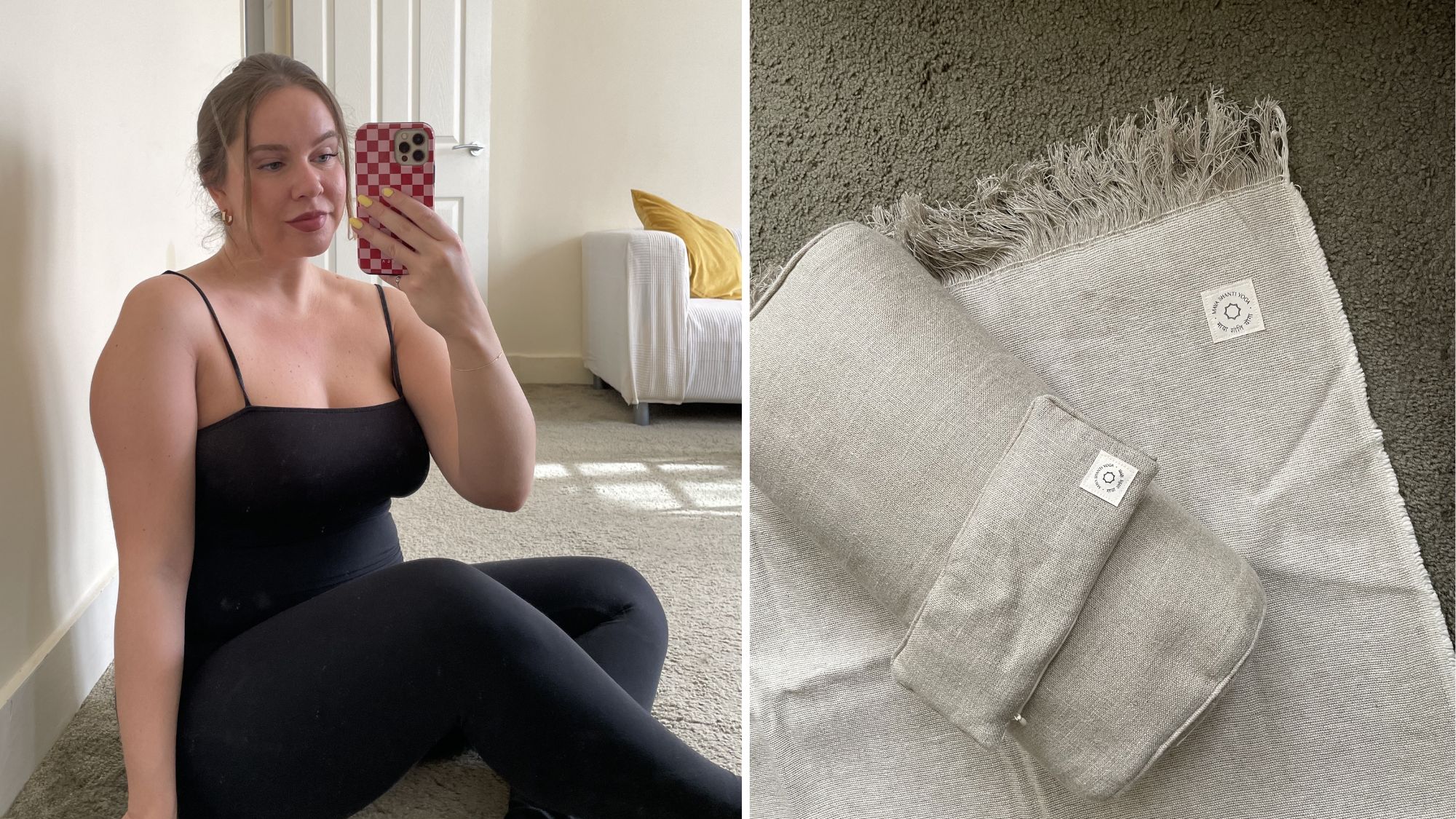

When I found out I was pregnant earlier this year, I assumed it'd have zero impact on my motivation to stay active and keep my body moving. I'm a fitness-loving Shopping Editor, you see, who regularly tests fit kit for Marie Claire UK. That said - boy, did I get a serious reality check. Being pregnant has been a blessing, but I've struggled with both fatigue and nausea both of which have made me really slow down over the past six months. That’s why, when I started reading up on the benefits of low-impact, do-from-home pregnancy Pilates, I was keen to give it a go.
Pilates has soared into popularity recently and I'd been a huge fan of the practice pre-pregnancy. That was in part thanks to the many benefits of Pilates, from boosting your endorphins, to relieving stress, to improving muscle tone. There are also numerous studies pointing to the positive effects of prenatal Pilates on both mother and baby’s health, or so says Paola Di Lanzo, OG wellness guru and founder of Paola’s Body Barre. Case in point: one study, published in the Journal of Obstetric, Gynecologic & Neonatal Nursing, found that women who engaged in regular prenatal exercise experienced fewer complications during childbirth and recovered more quickly postpartum.
Another study published in the journal BMC Pregnancy and Childbirth found that prenatal Pilates can significantly reduce labour pain intensity, improve maternal mental health, reduce the risk of gestational diabetes, and positively impact birth outcomes. Learning this, it seemed only natural to continue with my Pilates workouts while pregnant.
In short: there's a whole wealth of evidence pointing to it being a good way to keep both baby and Mum healthy during pregnancy. So, I decided to give it a go. Keep scrolling for my honest review/ Keen to properly equip your Pilates workouts? Don’t forget to check up our roundups of the best Pilates clothes, grippy Pilates socks and at-home Reformer machines to buy.
I tried pregnancy Pilates during my third trimester - and I'm a fan
What are the benefits of exercising during pregnancy?
Hollie Grant, pre and postnatal expert and founder of The Bump Plan, assures me that “exercising during pregnancy offers a range of physical and mental health benefits for both the mother and the baby."
According to Grant, key benefits include:
- Improved cardiovascular fitness: Regular cardiovascular exercise helps improve heart health, which is crucial during pregnancy as the cardiovascular system undergoes significant changes, including increased blood volume and heart rate.
- Reduced risk of pregnancy complications: Exercise has been shown to reduce the risk of gestational diabetes and pregnancy-related high blood pressure issues.
- Enhanced comfort and an easier pregnancy: Staying active can make the pregnancy feel more comfortable by improving posture, reducing back pain, and helping with overall body mechanics as your body changes.
- Shorter labour and improved postnatal recovery: Exercise, especially combining cardio with strength training like Pilates, can help reduce labour times, reduce labour interventions, and improve recovery after birth.
- Mental health benefits: Regular physical activity during pregnancy can boost mental health, reducing the risk of prenatal and postpartum depression.
- Baby’s health: There is some evidence suggesting that a mother's physical activity can also benefit the baby, potentially leading to better heart health for the child later in life.
What are the benefits of pregnancy Pilates?
Brilliant stuff. But what about pregnancy Pilates in particular? As a low-impact exercise, Pilates naturally avoids all the jumping and heart rate-increasing effects of, say, HIIT or running, so it’s a great option if you want a gentle-yet-effective way to keep your body moving throughout pregnancy. Di Lanzo tells me one of the key benefits of pregnancy Pilates is “improved core strength and stability, which helps support the extra weight of a growing belly and reduces the risk of lower back pain.”
Marie Claire Newsletter
Celebrity news, beauty, fashion advice, and fascinating features, delivered straight to your inbox!
“Pilates is also hugely beneficial when it comes to supporting posture and balance, both of which can be challenged during pregnancy, as well as strengthening the pelvic floor muscles, which can help during labour and aid in postpartum recovery” continues Di Lanzo.
She also highlights the mental health-boosting powers of controlled breathing and mindful movement encouraged by the practice, something Angie Tiwari, Yoga, Meditation and Breathwork Coach and founder of wellbeing community platform UNEARTHED, also attests to. “Pilates and yoga are incredible for a mind, soul, body connection and can help you create a deeper bond with your baby and lower stress levels”. Tiwari insists they’re “also great for reframing how you might feel about your bodily changes, to feel more positive and confident within your changing self, and to build greater mental resilience when it comes to thinking about your pregnancy progressing and giving birth.”
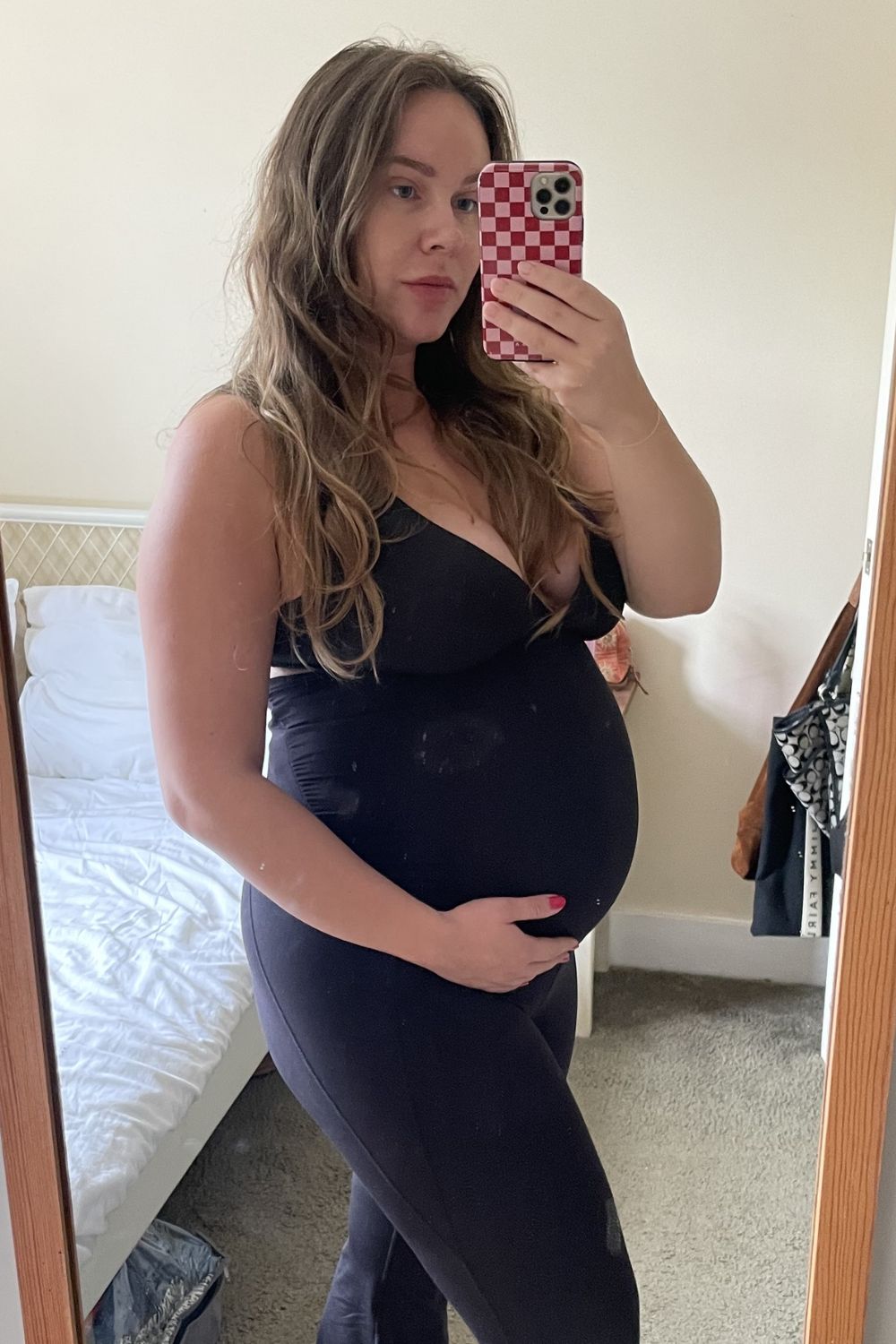
Valeza after one of her pregnancy Pilates workouts
My honest pregnancy Pilates review
That said, in reality, it wasn’t that simple. I wanted to ensure that I not only maintained my fitness levels as much as possible throughout my pregnancy but also supported my growing bump throughout my journey. Yet, during my first trimester, I'd never known fatigue like it (and don’t even get me started on the constant nausea).
I also found that the pregnancy changed my routine. I’m usually more of a morning workout person, preferring to exercise before breakfast. During my first trimester, though, I'd wake up ravenously hungry and eat breakfast immediately. I'd then normally feel quite bloated and not exactly keen to work out. Because of all of this, I wasn’t able to exercise quite as much as I’d liked.
The second trimester, when most people usually feel more energy, was easily the busiest period of my life. I moved house, got engaged, and work was busier than ever. It didn’t just rain, but truly poured with these wonderful milestones, and while I was living in a blissful bubble at the time, they did take somewhat of a toll on my pregnant body, and I wasn’t able to move it as regularly as I would have liked.
So I decided that my third trimester - though the fatigue came back with a vengeance and I began to experience aches, clicky joints and swelling to boot - would be the time to officially re-embark on my journey. I gave myself one goal: to stick to a pregnancy Pilates routine for a solid month. And before doing so, I reached out to a few experts in the field to help guide me back into a regular routine and learn more about the benefits of practising Pilates while pregnant.
Weeks one to two of pregnancy Pilates
Having learned all about the benefits of pregnancy Pilates, I was feeling more motivated than ever to get into a routine once again.
Before I began, I spoke to Hollie Grant, who reassured me that starting my fitness journey at any point during pregnancy would still be immensely beneficial to my final few months, not to mention labour and recovery. In fact, she pointed out that staying active throughout these final three months is probably the most important time to do so.
Grant did remind me that while Pilates works wonders for strengthening muscles, easing pregnancy-related aches and pains and more, it’d still be important to incorporate exercises that get my heart rate up. Sticking to the recommended 150 minutes of moderate-intensity exercise per week, and supplementing this with strengthening exercises like Pilates and yoga would be best.
Throughout my trial, I mostly stuck to guided at-home workouts for convenience, following workout sessions on The Bump Plan or YouTube video tutorials like those on Pregnancy and Postpartum TV (which I would also highly recommend).
Following pregnancy-specific classes allowed me to ensure that each move was not only bump-friendly, but also tailored to strengthening the muscles I would need to prepare for labour. A lot of the stretches you do during pregnancy Pilates workouts aim to help open the pelvic inlet and outlet, getting the baby into prime position. It’s a win-win, really.
At the end of my first week, I started feeling the tension in my lower back and joints easing considerably. The workouts were challenging enough to make me feel like they were making a difference, without exacerbating pregnancy-related pains or tiring me out too much. The slower pace of the workouts also really helped encourage me to get on the mat - the thought of a peaceful Pilates flow felt far more manageable than an intense sweat session.
More than anything though, it felt really good to get back onto the mat and move my body. I could recognise the positive impact it was having on my mental health after just a few days.
Weeks three to four of pregnancy Pilates
By this point I realised that starting my day with a Pilates flow also had a knock-on effect on how active I was throughout the rest of the day. I felt stronger, so found it easier to stand, walk and use the stairs - no mean feat when you’re growing larger and feeling more immobile by the day. The swelling in my ankles and feet improved thanks to the increased circulation through movement, and my joints felt noticeably less ‘clicky’ and stiff, too.
Having a couple of weeks of regular Pilates workouts under my belt, I also found that certain types of equipment really helped to enhance my workouts and make them more pregnancy-friendly. Bolsters and blankets (mine are from Maya Shanti Yoga) really helped to make certain Pilates moves more suitable for my growing bump and achy wrists and knees - providing extra padding and bringing the floor closer to make certain stretches more achievable and effective.
It also quickly became clear that my regular workout clothes would not be enough to accommodate my 7-month bump, and so I procured a few pairs of high-quality maternity leggings and unitards to see me through my workouts.

Valeza's favourite Maya Shanti Yoga blanket bolster and weighted eye mask that she uses during pregnancy Pilates
My final thoughts
Overall, not only have I found pregnancy Pilates enjoyable, but also incredibly empowering. My pregnancy-related aches and pains eased more and more over time, I’ve felt stronger and more active and my mental health has benefitted from a massive boost from the regular movement.
Although I haven’t given birth yet (and know that everyone’s labour experience is different) I feel more confident knowing that I’m doing the best I can to encourage an active labour and optimum positioning. Aside from antenatal classes, pregnancy Pilates has been the single most helpful tool in getting me mentally prepared for labour. Will I be continuing to practise it as my pregnancy progresses? Absolutely.
Shop my top pregnancy Pilates picks:
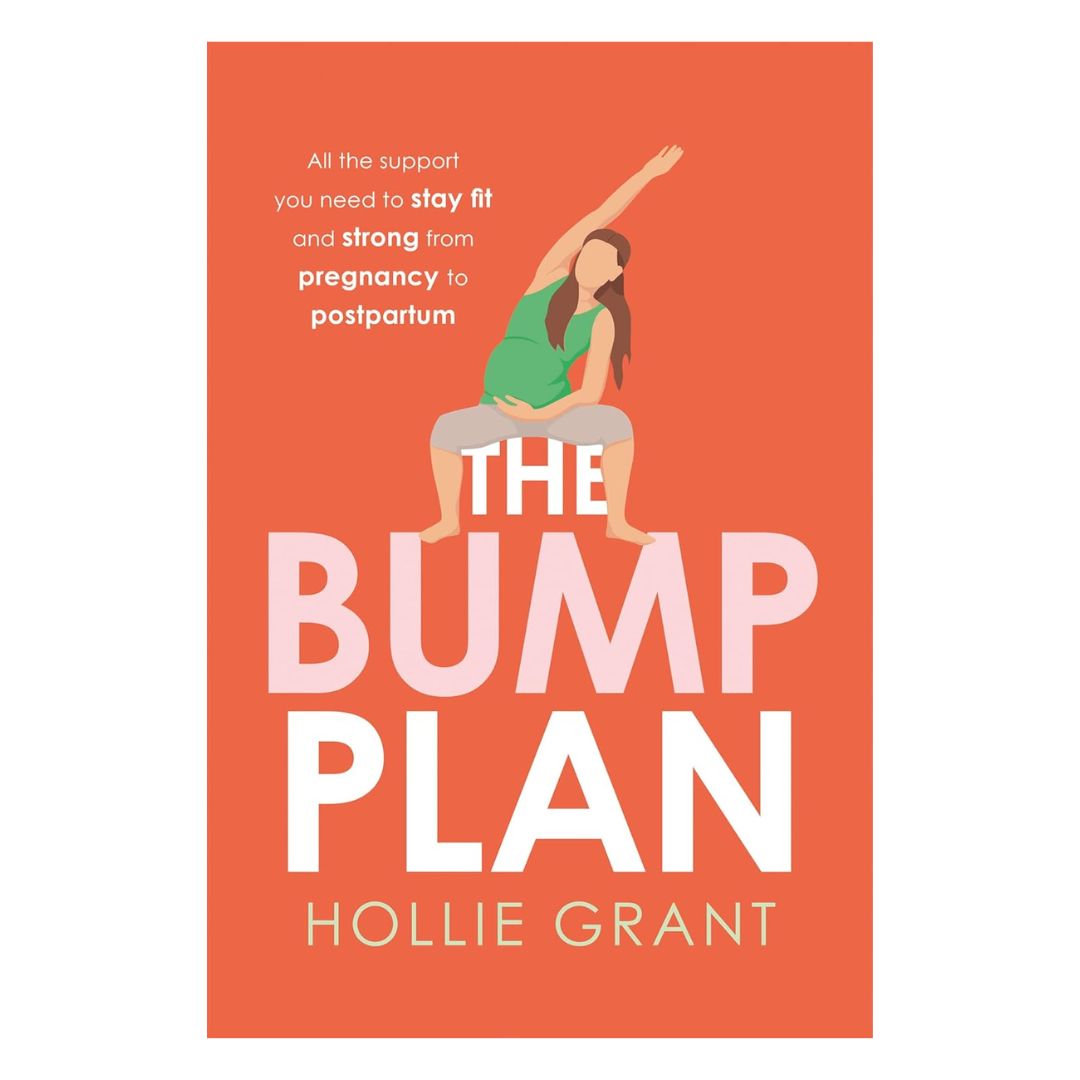
Grant's plan is a great start if you're pregnant and looking for guidance on how to move your body safely.
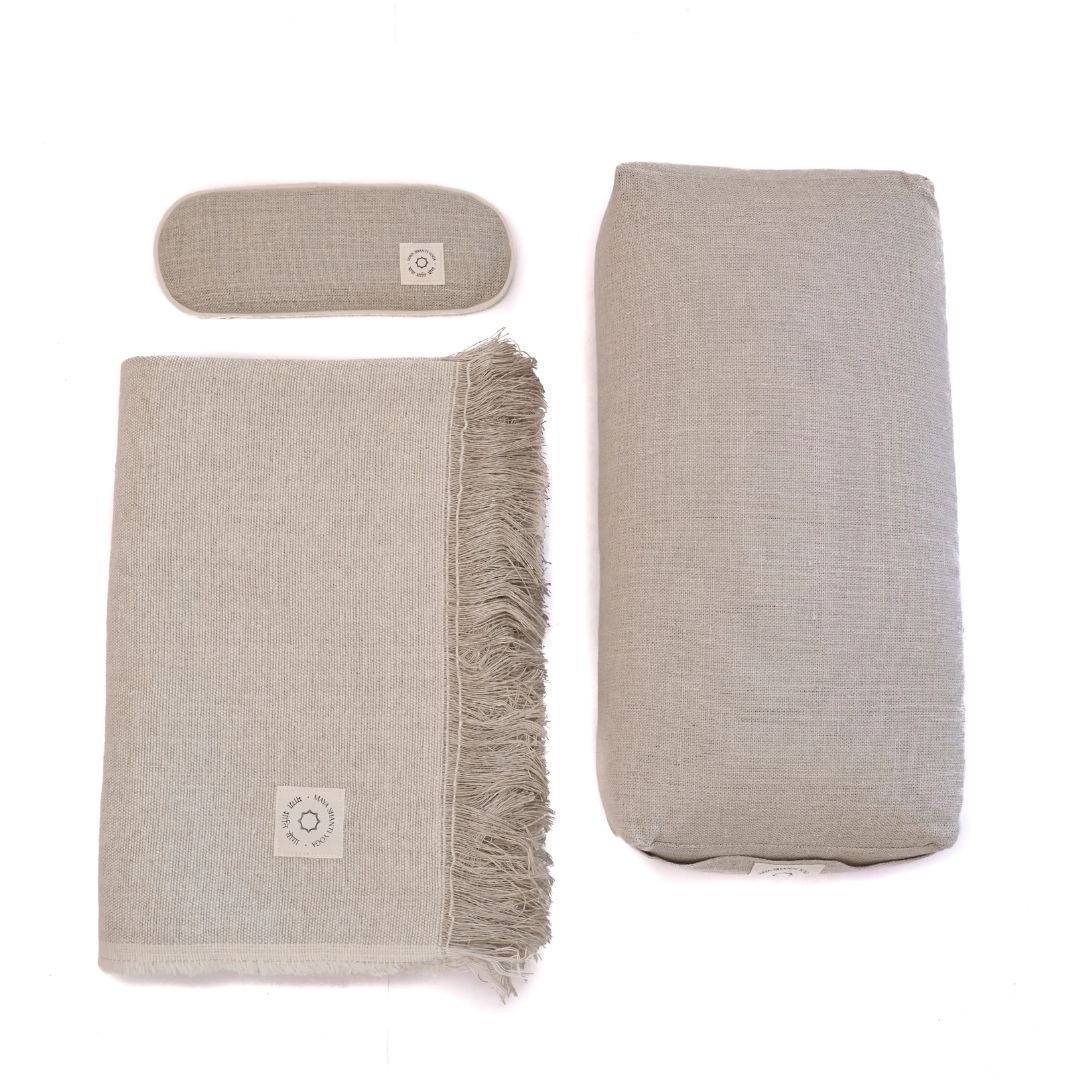
This was my favourite addition to my Pilates practice in my third trimester. The cosy blanket bolster and weighted eye mask from Maya Shanti Yoga was great for supporting my body and helping me wind down post-session,
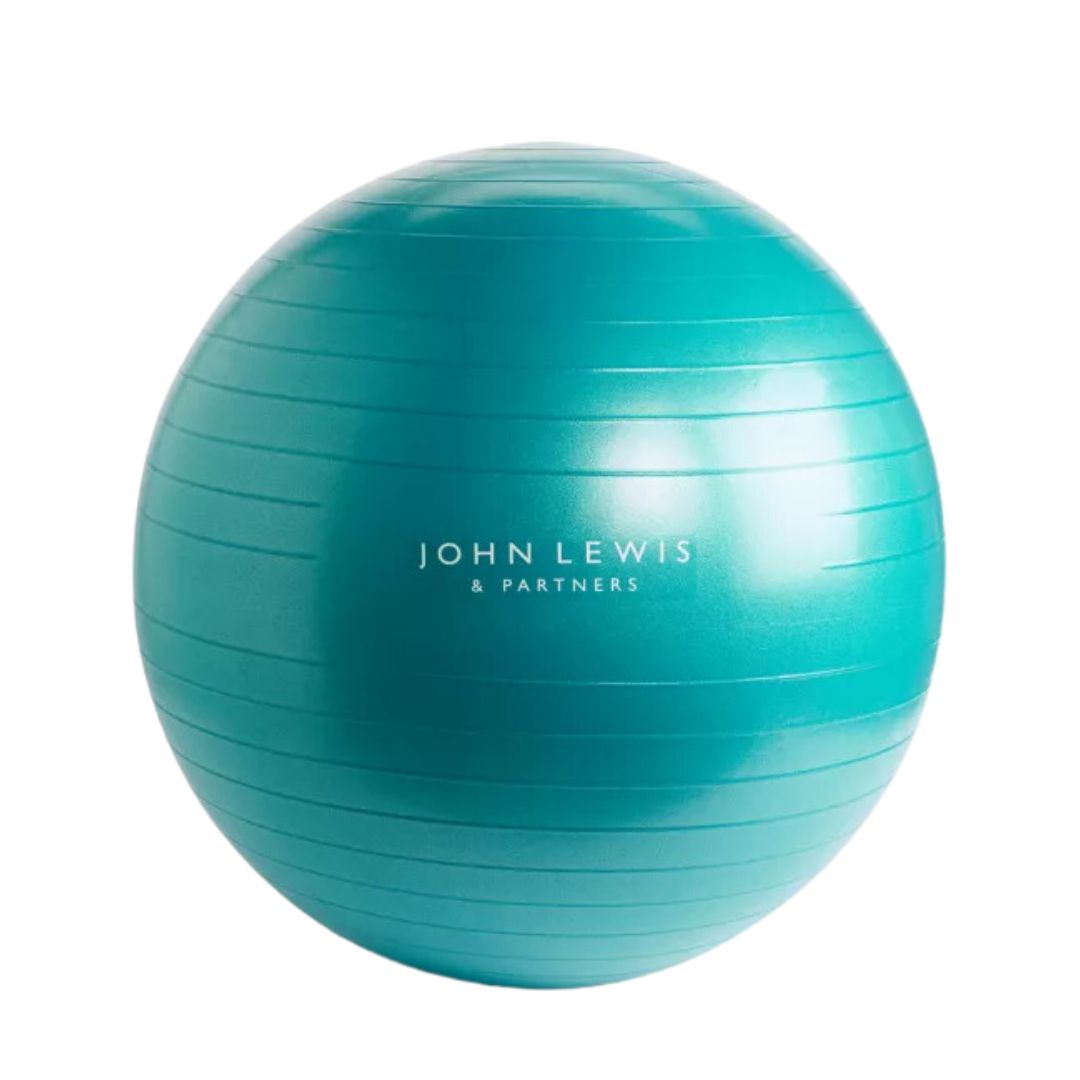
All our experts find exercise balls to be an affordable and effective way to improve your Pilates practice from home. Grant is a big fan of this John Lewis option and would highly recommend it.
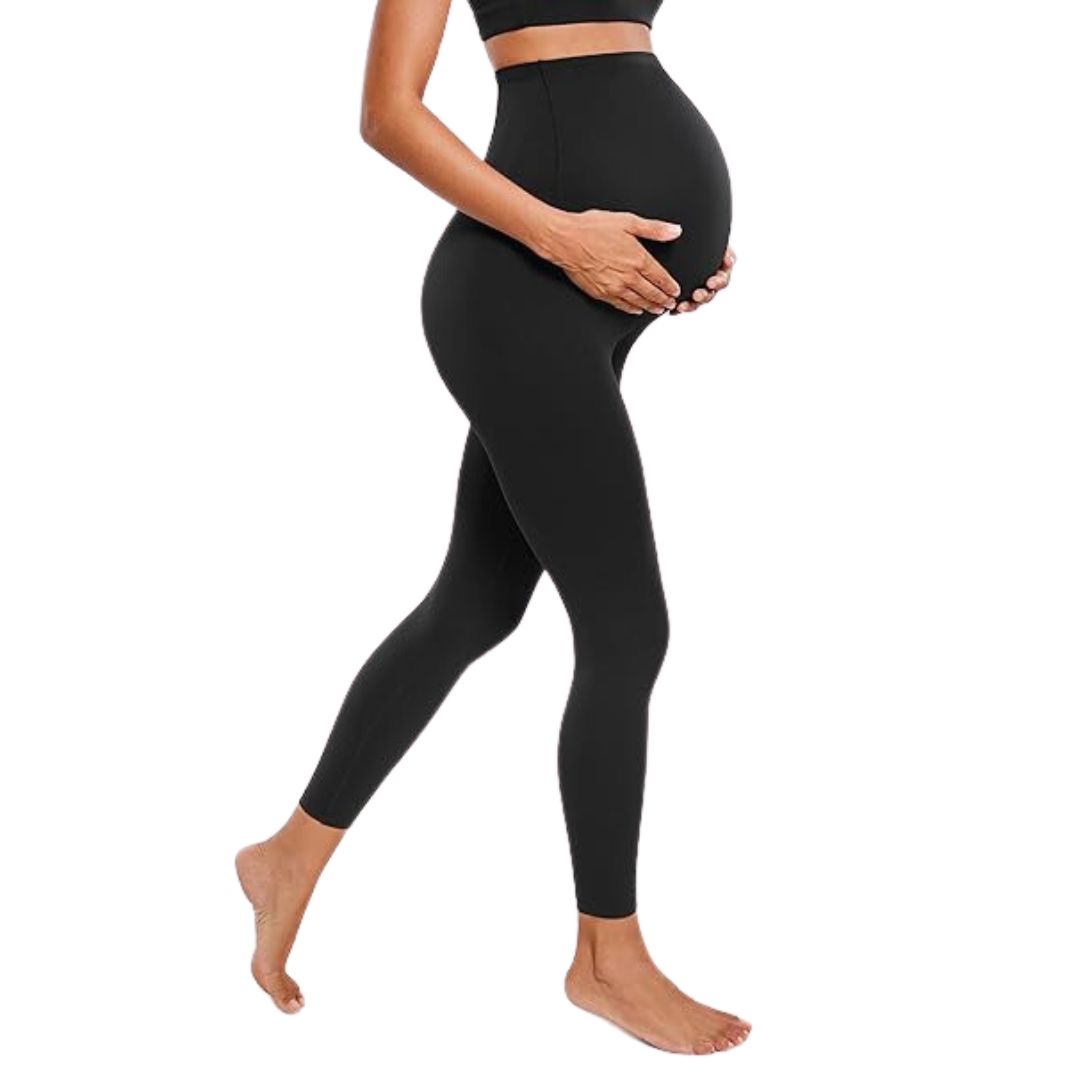
Last but by no means least, I've long raved about CRZ YOGA and their maternity leggings are no exception. They're supportive, sweat-wicking, and comfortable around your bump, too.
What exercises should I avoid when pregnant?
While Pilates is generally pretty bump-friendly, there are certain exercises and moves you should avoid when pregnant. Our experts all agree that in general, laying flat on your belly or back (which can restrict blood flow) should be avoided after the first trimester, along with high-impact and contact sports and anything that causes pain or discomfort.
If we're talking Pilates specifically, Di Lanzo recommends steering clear of "deep twisting movements, intense abdominal exercises like crunches, and any high-impact activities that involve jumping or rapid direction changes. Exercises that involve heavy lifting or putting pressure on the abdomen should also be avoided." She recommends attending a class (like the BabyBarre class at Paola's Body Barre) with a pre-natal trained instructor who can guide you through the movements for optimal results and peace of mind.
When it comes to knowing your limits, ultimately, "every body is different", highlights Tiwari, "you’ll know better than anyone else whether you should back out of an exercise or whether you can push yourself a bit further."

Valeza Bakolli is Marie Claire’s Junior Shopping Editor, and as such, she’s made it her mission to encourage people to shop mindfully and with purpose. In her role, she covers all things shopping - from thoroughly road testing the best fitness kit to keeping a finger on the pulse of what’s new in fashion and beauty. She dedicates hours of her time every day to scouring the online stores, finding the best products online so you don’t have to (from small and sustainable businesses wherever possible, of course).
-
 Jonathan Anderson is going to Dior Men
Jonathan Anderson is going to Dior MenHis debut collection will be this June
By Mischa Anouk Smith
-
 I'm a 2025 bride and these are the best affordable wedding dresses I've found
I'm a 2025 bride and these are the best affordable wedding dresses I've foundLess than £1,000 but still the height of chic
By Sofia Piza
-
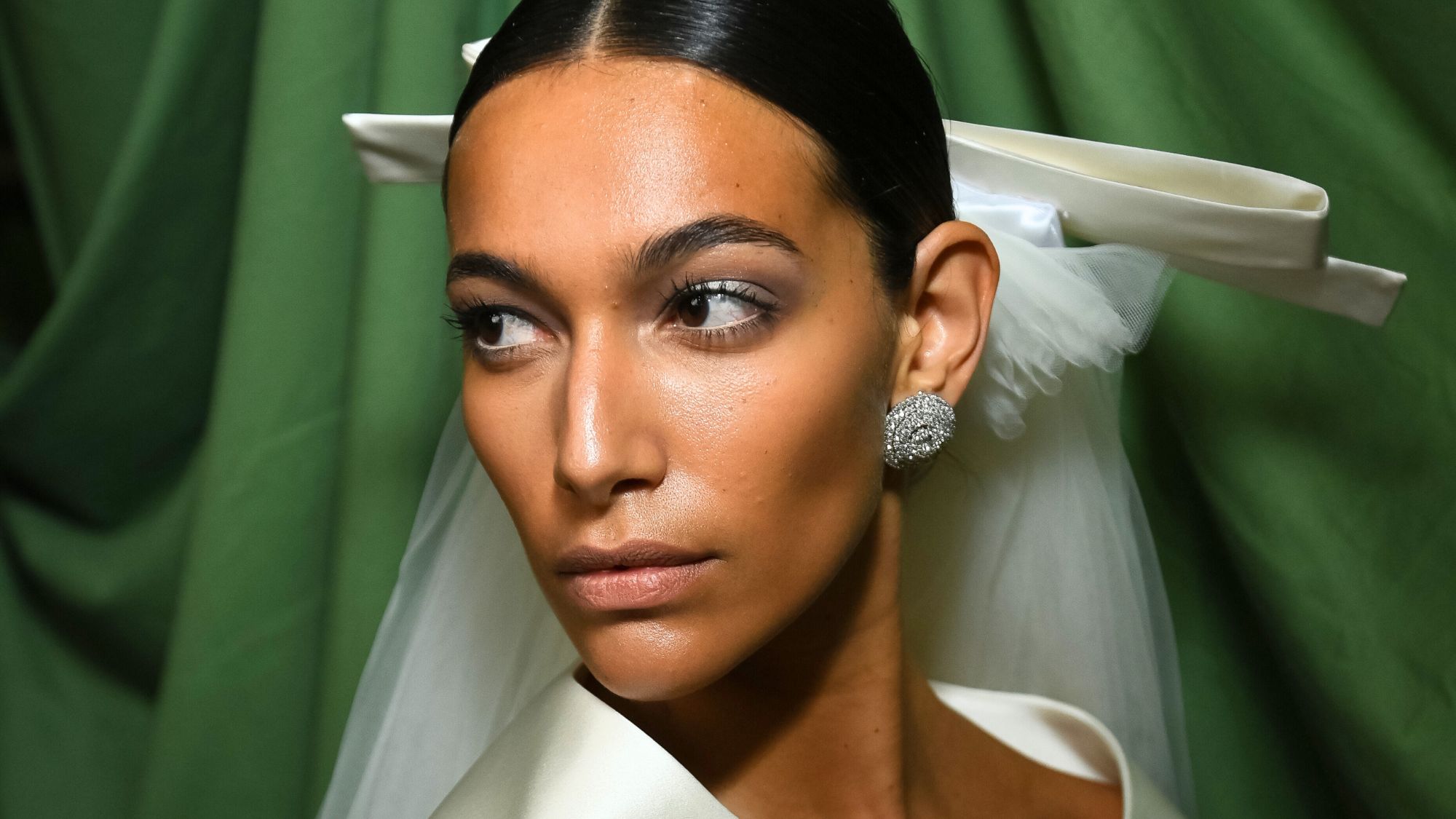 Hands down, these are the best wedding foundations for each skin type
Hands down, these are the best wedding foundations for each skin typeThat bridal glow, bottled
By Denise Primbet